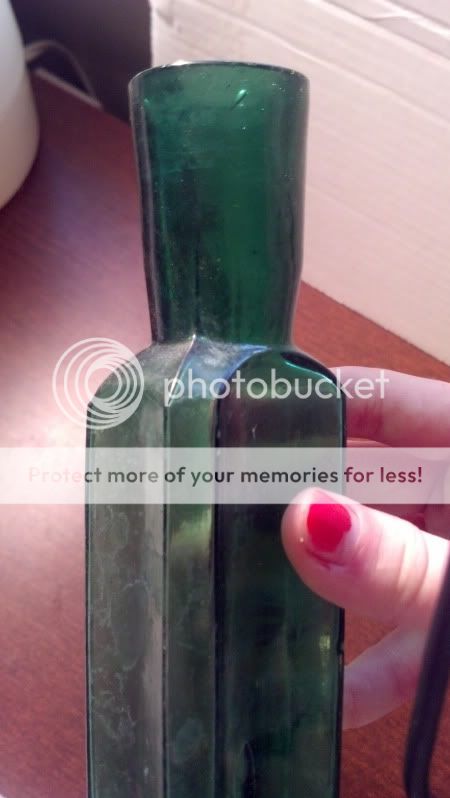xfallwithmexo
Member
That's absolutely all i know, that it's a green bottle!
Previous owner engraved a 6 on the bottom, I know that hurt's the value but any ideas on what it is and what it's worth?
https://i104.photobucket.com/albums/m171/karmakrazy45/2012-03-07_16-44-24_30.jpg
https://i104.photobucket.com/albums/m171/karmakrazy45/2012-03-07_16-45-27_126.jpg
https://i104.photobucket.com/albums/m171/karmakrazy45/2012-03-07_16-45-39_534.jpg
Previous owner engraved a 6 on the bottom, I know that hurt's the value but any ideas on what it is and what it's worth?
https://i104.photobucket.com/albums/m171/karmakrazy45/2012-03-07_16-44-24_30.jpg
https://i104.photobucket.com/albums/m171/karmakrazy45/2012-03-07_16-45-27_126.jpg
https://i104.photobucket.com/albums/m171/karmakrazy45/2012-03-07_16-45-39_534.jpg






![color]your.jpg goes here[color=](http://[/color]your.jpg goes here[color=#FFFFFF])